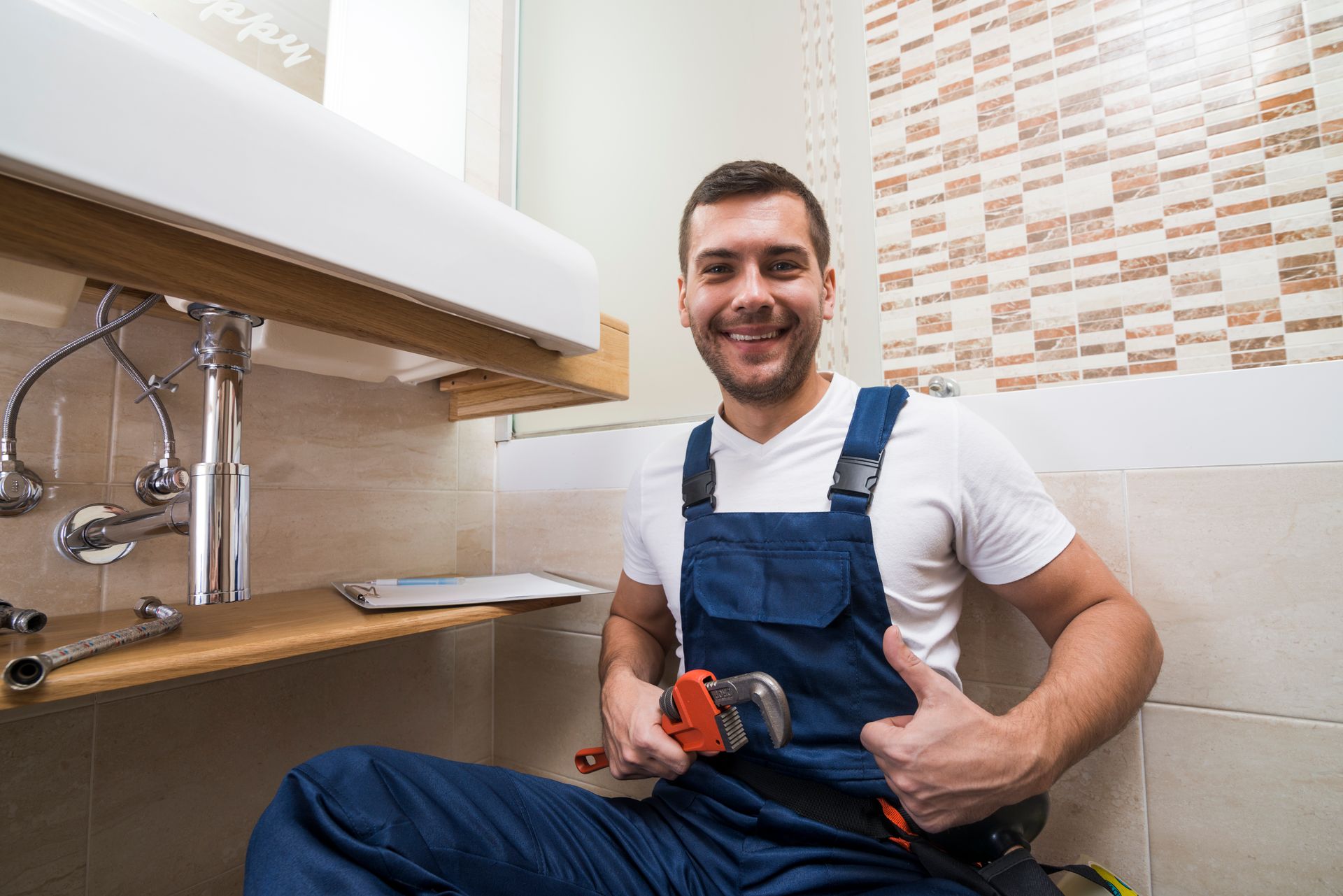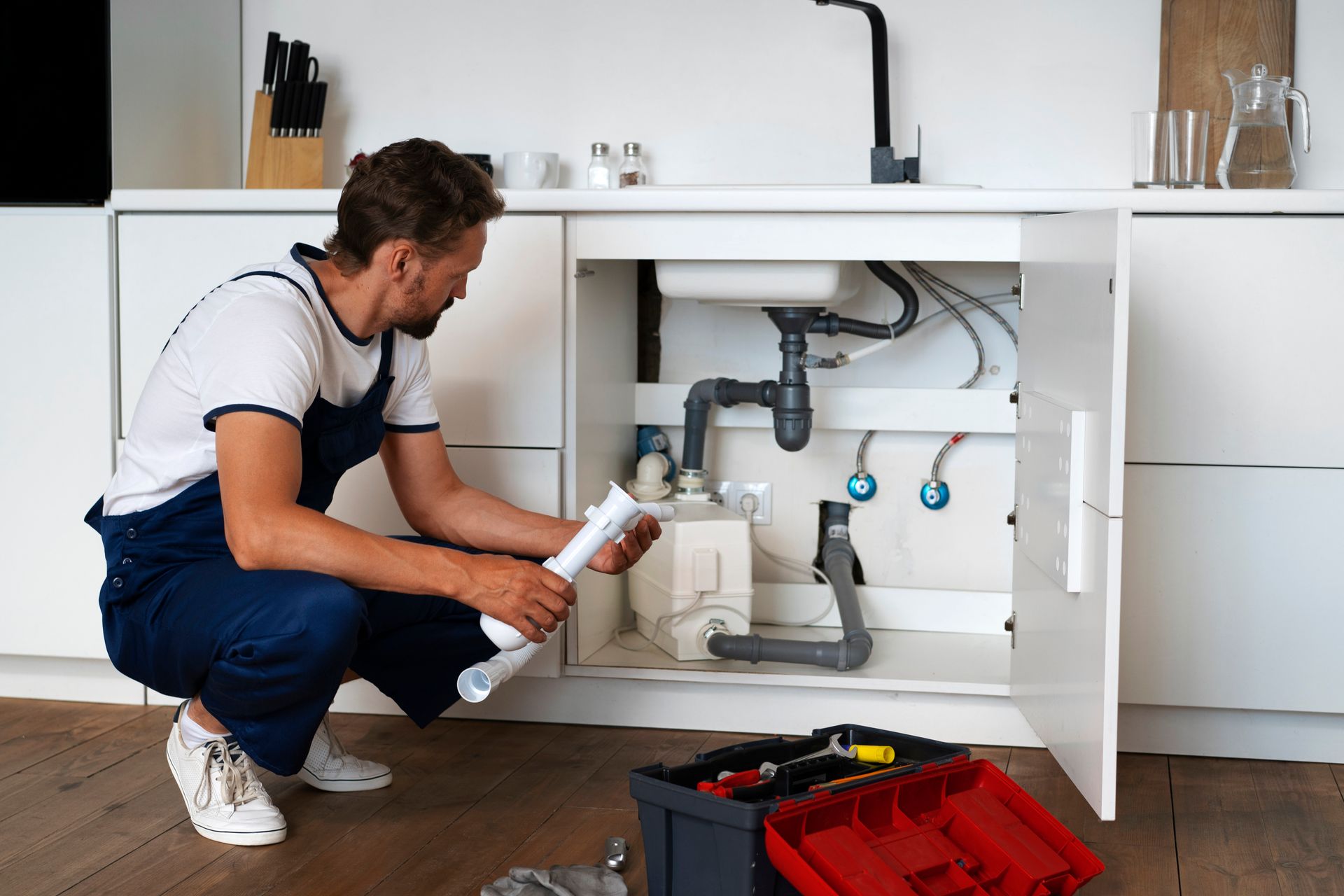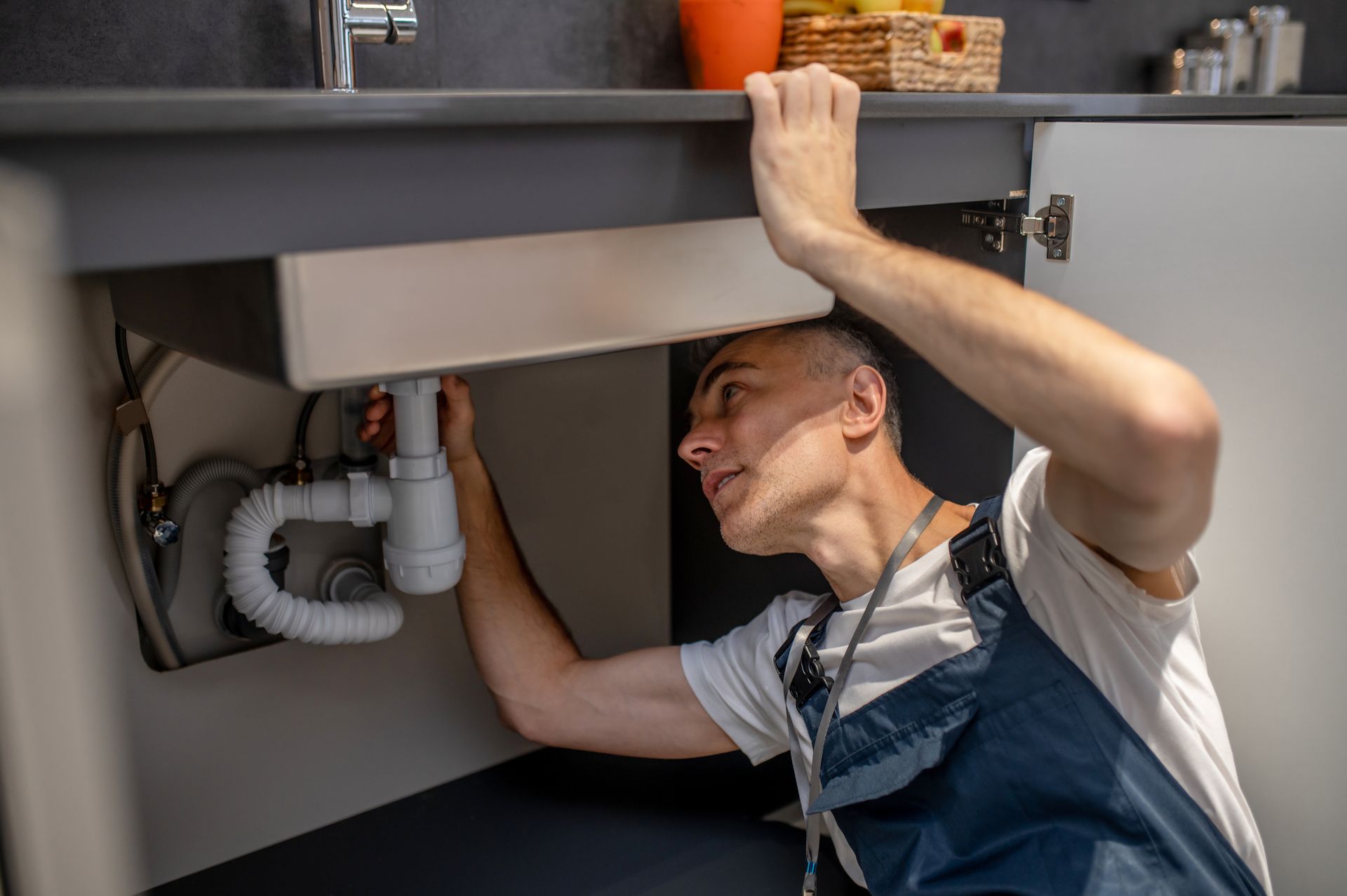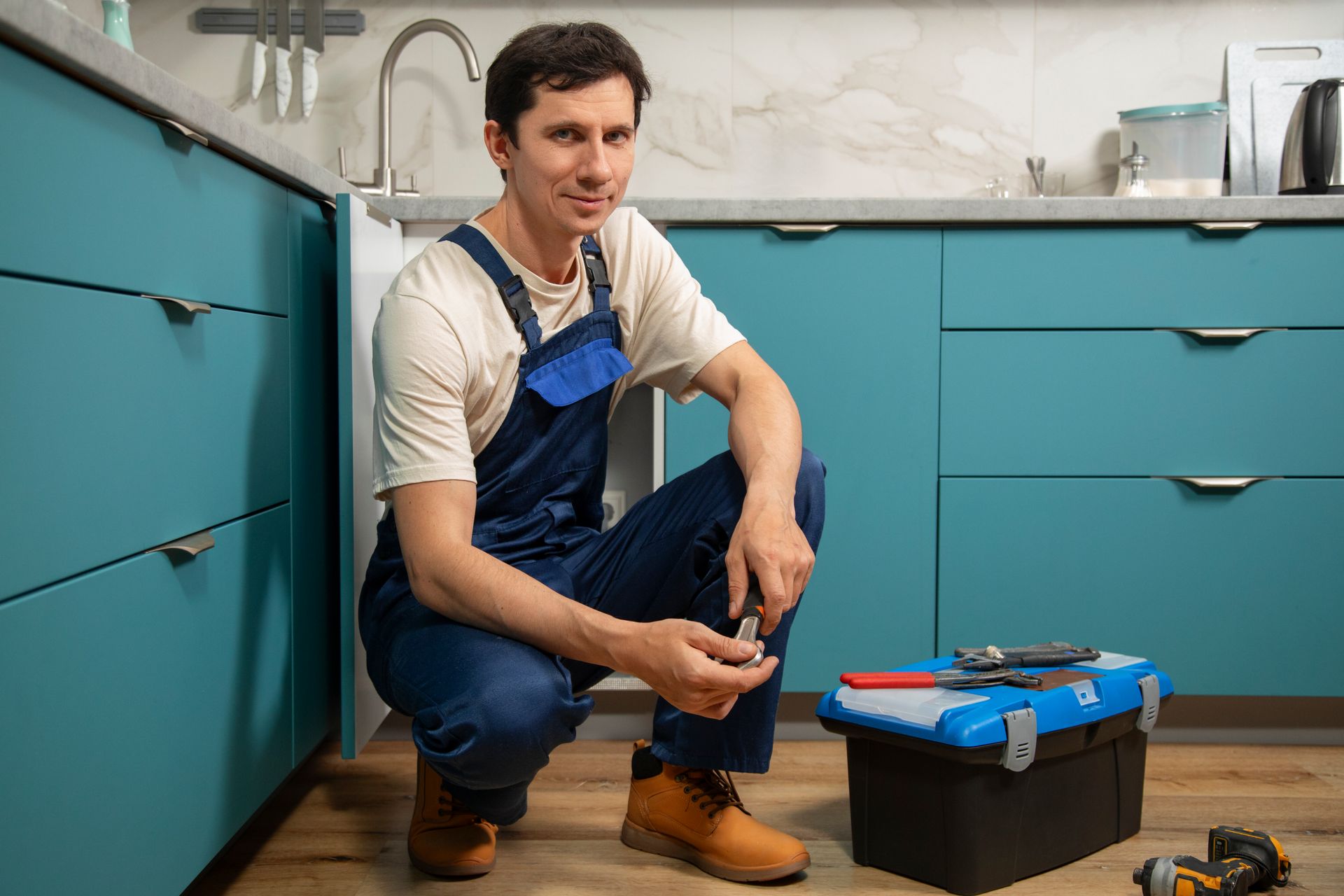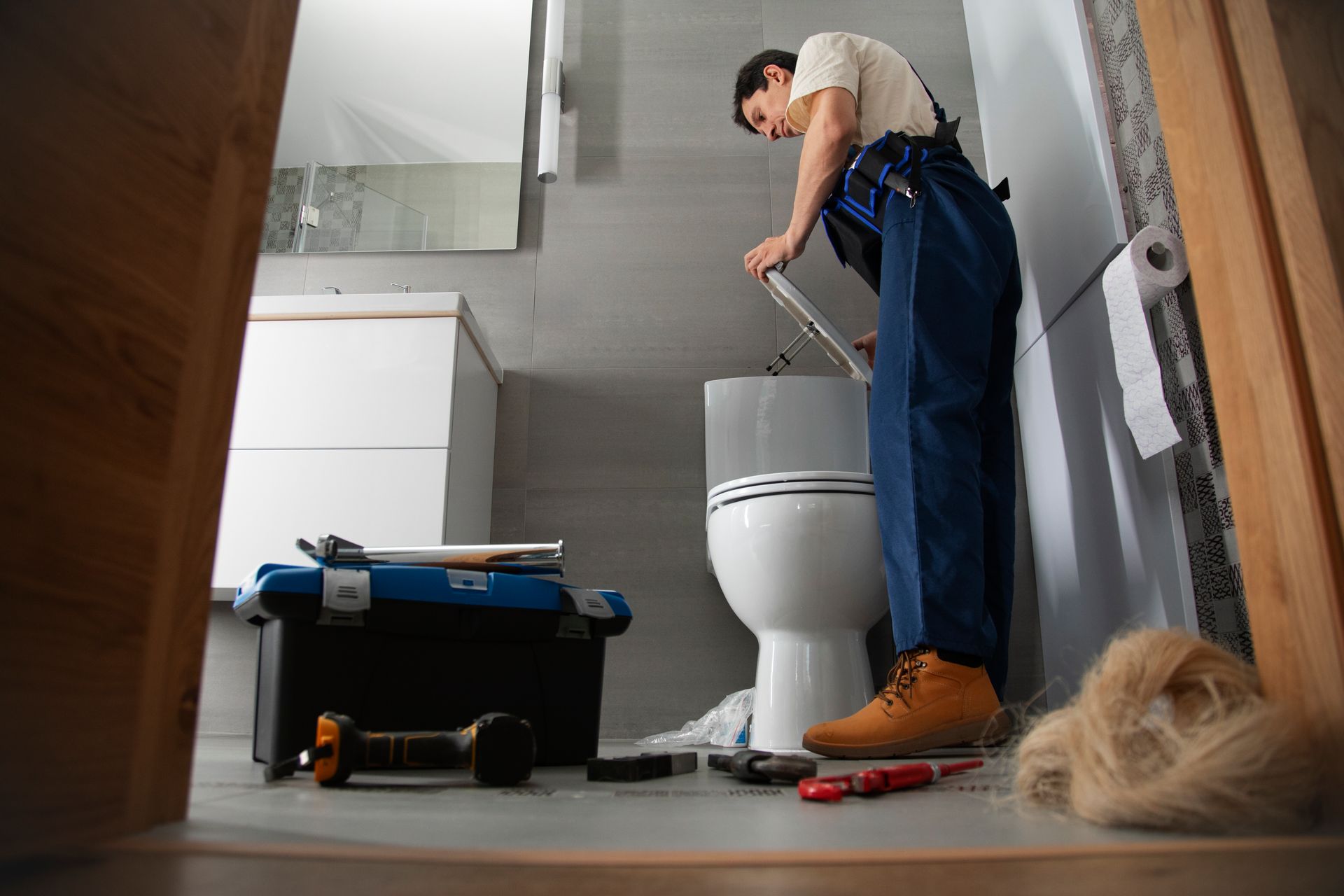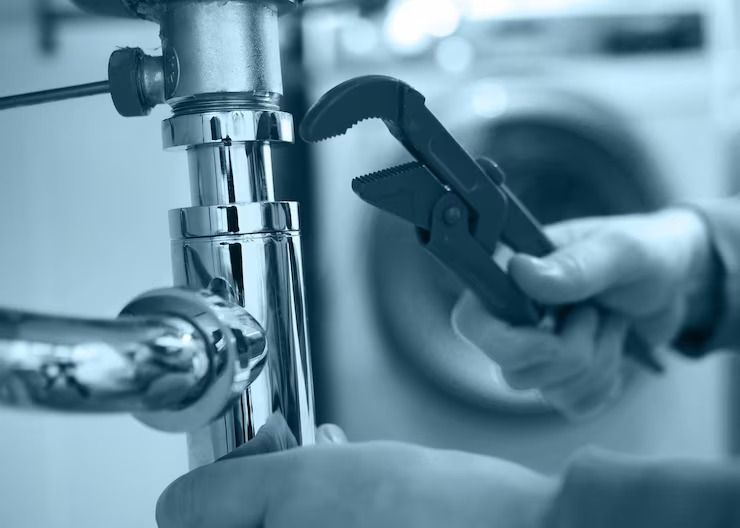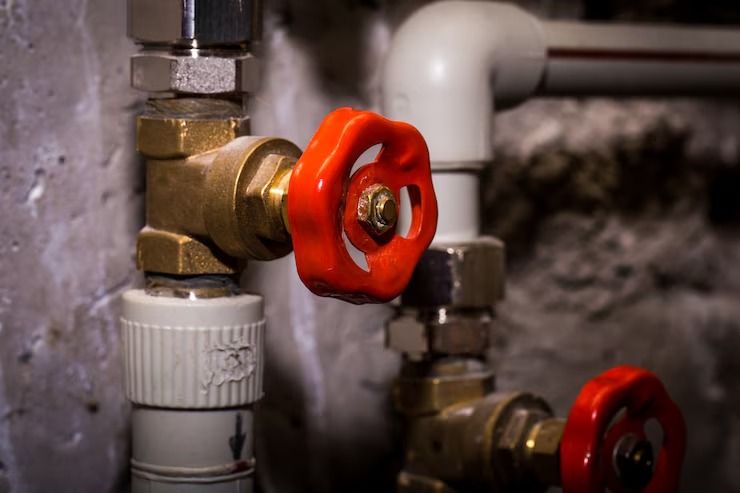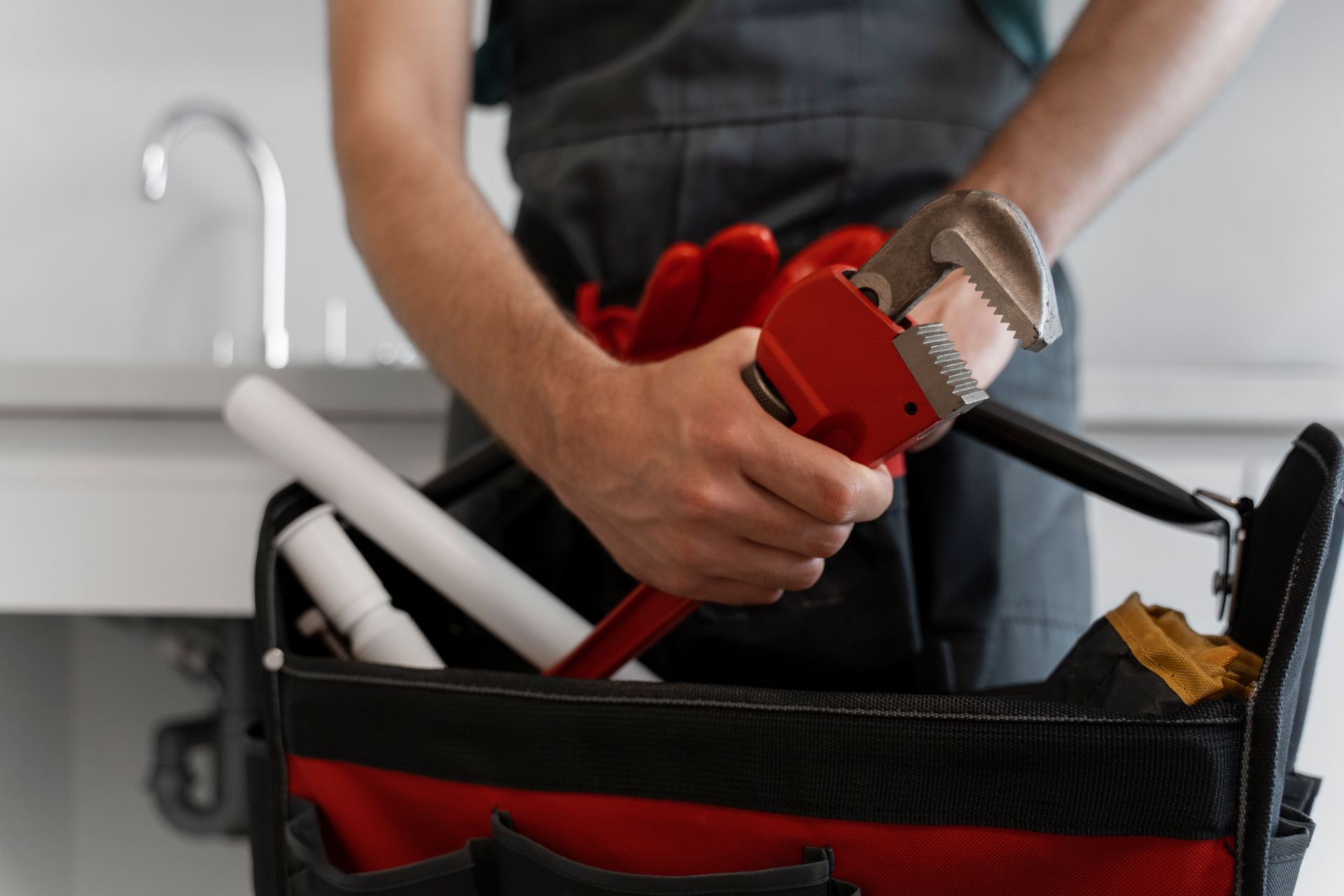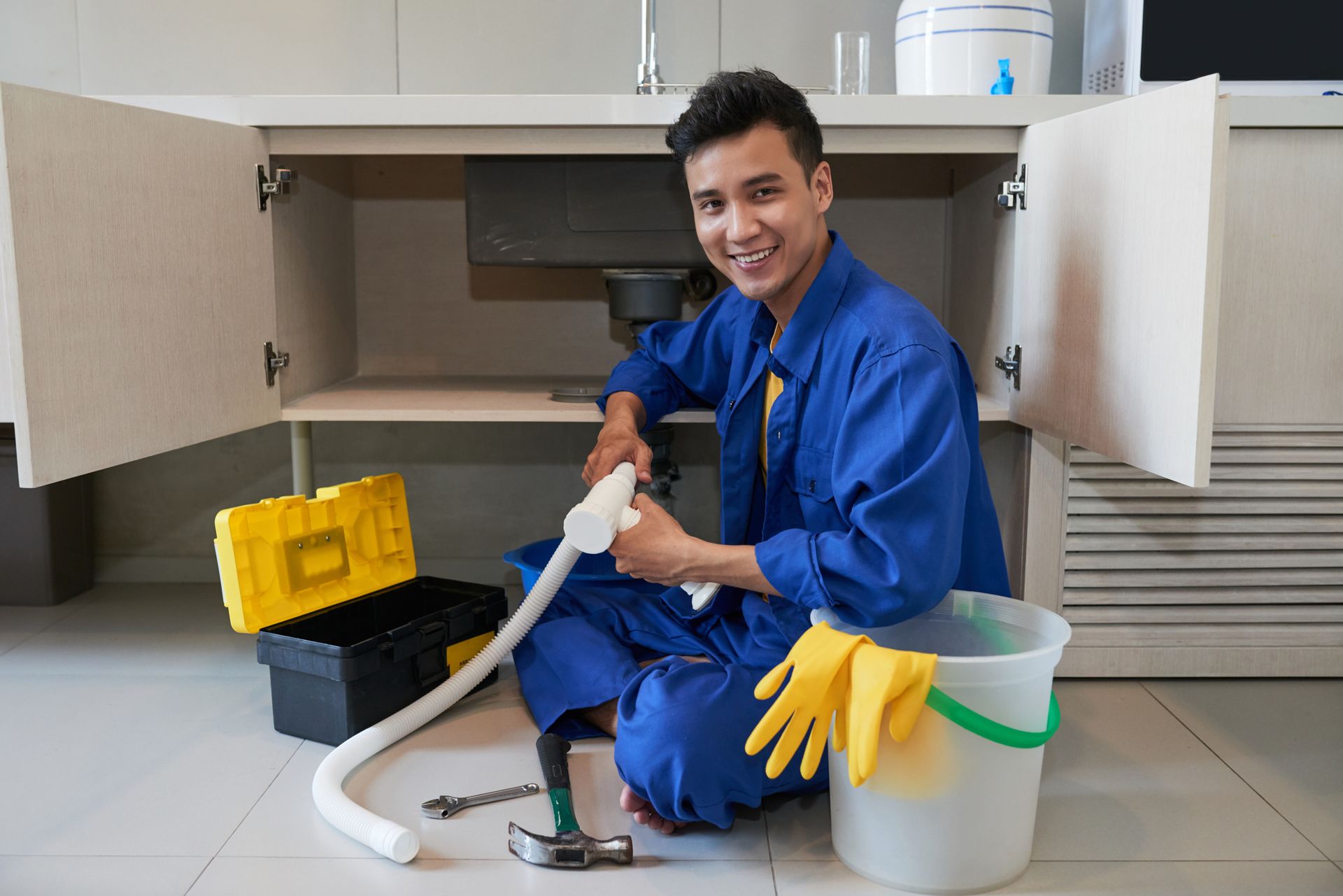Your Go-To Guide for Common Plumbing Problems
Plumbing issues are never fun, but they’re a reality we all face sooner or later. Whether it's a clogged drain, a leaky faucet, or low water pressure, the good news is that many of these common plumbing problems can be easily managed with a little know-how. Understanding the basics can save you time, money, and the hassle of unnecessary repairs. In this guide, we’ll walk you through some of the most frequent plumbing issues homeowners encounter and offer practical tips for handling them. By the end, you’ll feel more confident in tackling plumbing tasks on your own or knowing when it’s time to call in the professionals. Let’s dive in and take the stress out of plumbing!
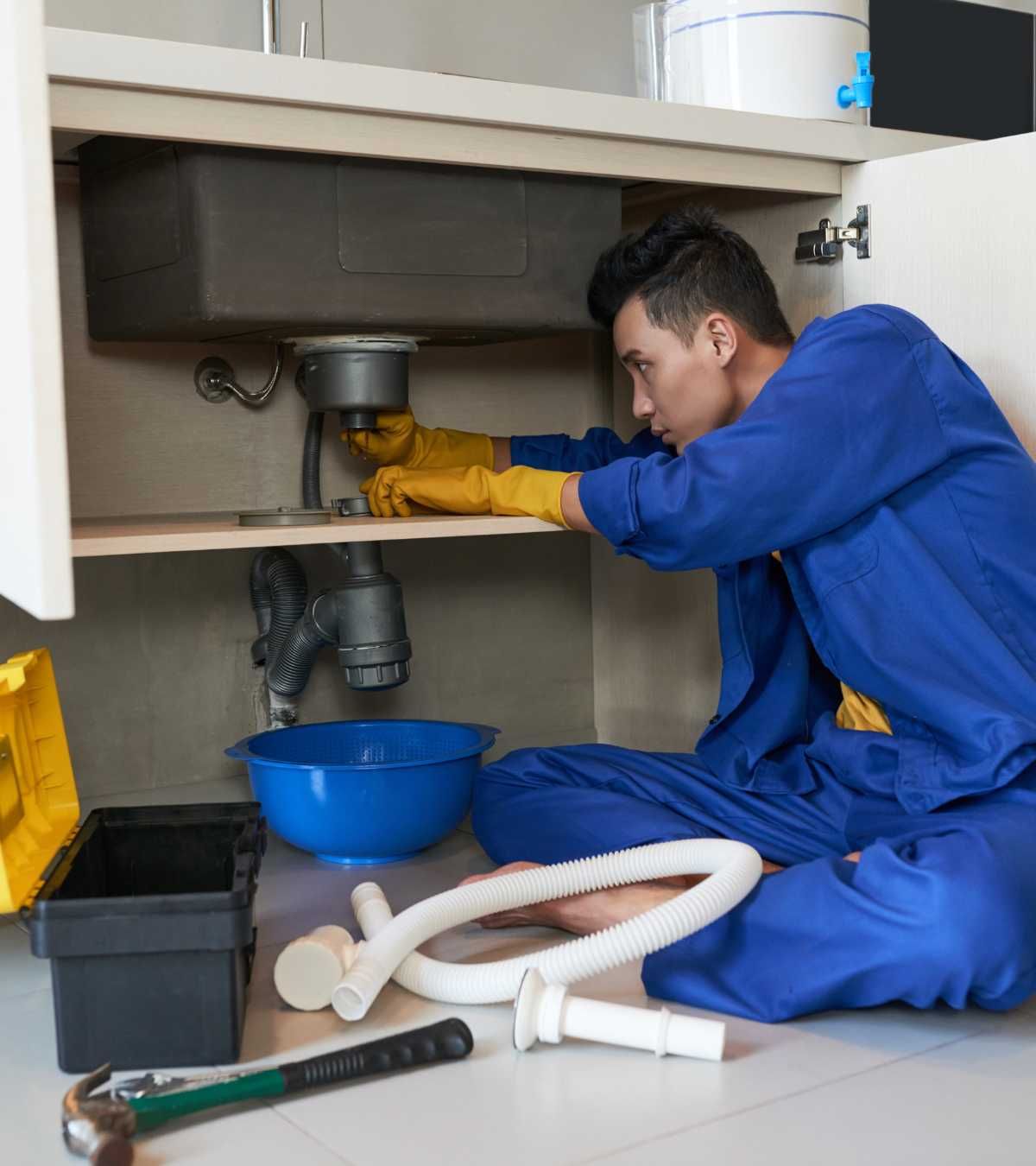
Quick Fixes for Clogged Drains: Simple Solutions You Can Try
Clogged drains are a common frustration in many homes, but they don’t always require a professional plumber. Minor blockages can often be solved with simple tools such as a plunger, drain snake, or even a mixture of baking soda and vinegar. By pouring boiling water down the drain or using a plunger, you can often clear small clogs yourself. Regular maintenance like flushing your drains with hot water can also prevent buildup over time.
However, if these methods don’t work and the clog persists, it may be a sign of a more serious problem. Persistent or severe clogs could be caused by deeper blockages or damaged pipes, which require professional attention. Knowing when to escalate the issue and call a plumber can save you from causing further damage and ensure your drains function properly in the long run.
How to Stop Leaky Faucets from Wasting Water and Money
A leaky faucet may seem like a small annoyance, but it can waste a significant amount of water, leading to higher water bills. If you notice a dripping faucet, the issue is often caused by a worn-out washer, O-ring, or cartridge. Replacing these parts is usually a simple and affordable fix. Start by turning off the water supply to the faucet, disassembling the handle, and checking for damaged components. Once you’ve identified the faulty part, you can replace it easily with a new one from any hardware store.
While this is a simple fix, ignoring the problem can lead to wasted water and increased costs over time. If you’re unable to identify the issue or the faucet continues to leak after replacing parts, it may be time to call in a plumber.
Understanding Low Water Pressure and How to Restore It
Low water pressure can be a frustrating issue, leaving you with weak showers or slow sinks. The most common causes of low water pressure are clogged aerators, mineral buildup in pipes, or leaks. Start by checking the faucet aerator for debris, which can restrict the water flow. Cleaning or replacing the aerator is often an easy fix. If the problem persists, mineral buildup in your pipes could be the culprit, requiring a more in-depth solution like descaling or pipe cleaning.
Another cause of low water pressure may be an issue with your home’s water supply or a malfunctioning pressure regulator. If cleaning faucets and pipes doesn't improve the water pressure, it’s time to call a plumber.
Dealing with Burst Pipes: Immediate Actions to Take
A burst pipe is a serious emergency that can quickly lead to water damage and costly repairs. The first step when you notice a burst pipe is to immediately turn off your home's water supply. This will stop the water flow and prevent further damage. Then, open your faucets to relieve pressure from the system and drain the remaining water from the pipes. If the burst pipe is visible, you can try to contain the leak using towels or buckets while you wait for professional help.
Burst pipes often occur due to freezing temperatures, high water pressure, or aging pipes. Once the immediate flooding is contained, you should contact a plumber immediately. A professional will assess the damage, replace the broken pipe, and ensure your plumbing system is restored safely.
Essential Steps for Preventing Plumbing Emergencies in Your Home
Preventing plumbing emergencies in your home starts with regular maintenance and awareness of potential issues. One essential step is to inspect your pipes for any signs of leaks, cracks, or corrosion, especially in older homes where the plumbing system may be more prone to wear and tear. Also, regularly check your drains for clogs or slow drainage, which can signal the buildup of debris that could lead to a more serious blockage. Routine maintenance, such as cleaning drain traps or flushing your water heater, also goes a long way in preventing future issues.
Another preventive measure is protecting your pipes during extreme weather. Insulating pipes in unheated areas, such as basements or attics, can prevent freezing and bursting during winter.
How to Detect and Fix Hidden Plumbing Leaks Before They Cause Damage
Hidden plumbing leaks can cause extensive damage to your home’s structure if not detected early. The first sign of a hidden leak may not be visible but could manifest as higher-than-usual water bills or damp spots on walls or ceilings. If you notice musty smells or discoloration near plumbing fixtures, it’s essential to inspect the area thoroughly for leaks. Use a moisture meter to check hidden areas like under sinks, behind appliances, or in walls. Early detection can prevent mold growth, wood rot, and water damage to flooring.
If you identify a leak, the next step is fixing it. In some cases, such as small pipe leaks or faulty faucets, you can perform repairs yourself with basic tools. However, larger leaks behind walls or under floors require professional assistance to prevent further damage.
DIY Plumbing Repairs: When It’s Safe to Tackle the Problem Yourself
Many plumbing issues can be handled by homeowners with a little DIY know-how and the right tools. Common, minor issues like unclogging a toilet, replacing a faucet washer, or fixing a leaky shower head can often be addressed without the need for a professional. With a few online tutorials and basic plumbing tools, you can make these repairs yourself and avoid the cost of hiring a plumber. It’s important to follow safety procedures, such as turning off the water supply and using the correct tools for each task, to ensure a successful DIY fix.
However, not all plumbing problems are suitable for DIY repairs. If you encounter major issues, such as burst pipes, water heater malfunctions, or sewer line blockages, it’s best to call in a professional plumber. Tackling complex plumbing tasks without proper knowledge can lead to more extensive damage or costly mistakes.
Knowing When to Call a Professional Plumber for Major Issues
Some plumbing issues are beyond the scope of DIY fixes and require the expertise of a professional plumber. For example, if you have a persistent clog that can’t be cleared with a plunger or snake, it may be caused by a more serious blockage in the main sewer line. Additionally, issues like a leaking water heater, burst pipes, or sewer line problems should always be handled by a licensed plumber. Attempting to fix these yourself can result in costly damage and potentially hazardous situations.
It’s important to recognize the signs that indicate a need for professional help. If you experience constant plumbing issues despite DIY repairs, or if you encounter significant water damage, don’t hesitate to call a plumber. A professional will be able to accurately diagnose the problem, offer lasting solutions, and ensure your plumbing system is functioning safely and efficiently.
Conclusion
Dealing with plumbing issues doesn’t have to be overwhelming. With the right knowledge, you can manage many common problems on your own and save time and money. From fixing leaky faucets to preventing pipe bursts, understanding the basics can make all the difference in maintaining a functional plumbing system. However, when the issue is more complex, don't hesitate to reach out to the professionals at Plunger Plumber. We’re here to provide expert plumbing services with a friendly touch.
If you're facing a plumbing problem that needs attention, call us today at (216) 399-7569. Our team in Cleveland is ready to help with fast, reliable, and affordable solutions. Let's get your plumbing back on track!
Ready to work with Plunger Plumber?
Let's connect! We’re here to help.
Send us a message and we’ll be in touch.
Or give us a call today at (216) 616-1468

